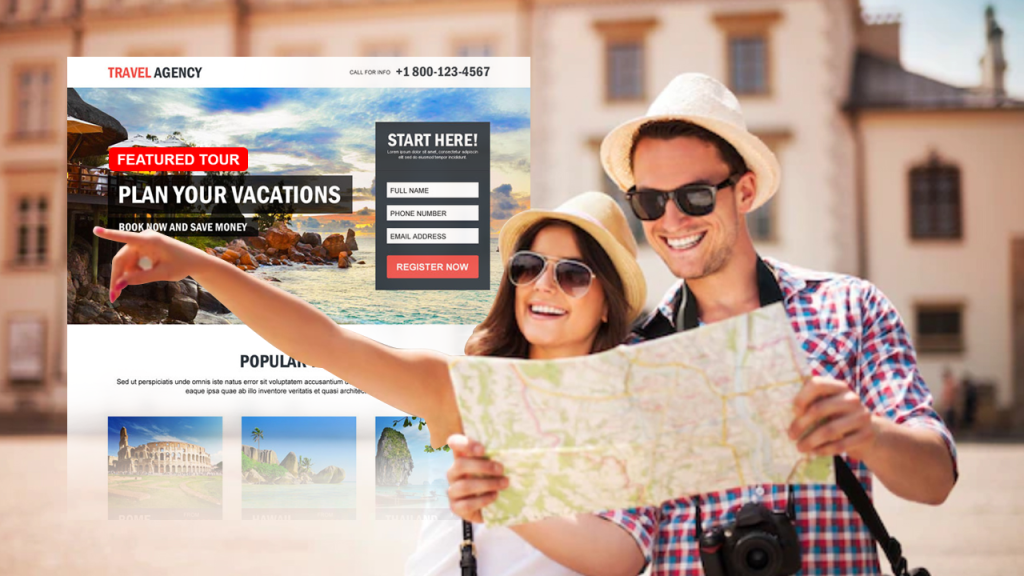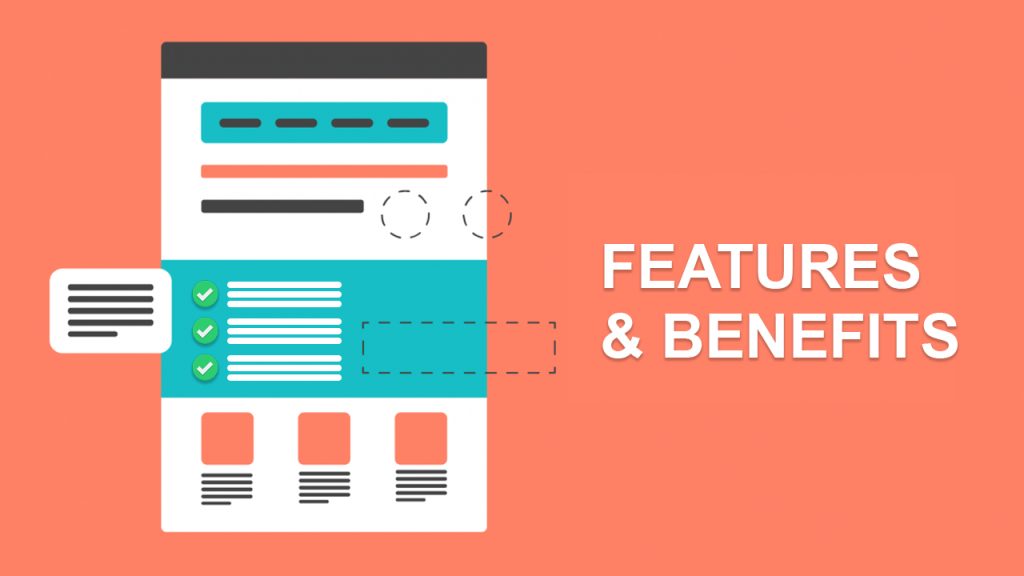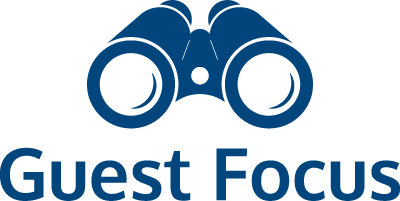
How to Write An Effective Tour Description – Magic Moments & Open Loops
October 19, 2022
How To Increase Tour Sales with Guarantees
November 2, 2022Do your tour summaries seem too long and lack purpose? If so, you might need to learn about the difference between features and benefits, and how to use both to sell your tours.
In this blog post and video, I’m going to explain what features and benefits are, how to use them, and why they’re so much more effective at selling tours than lengthy copy.
What are tour features?
A feature is part of your product, your tour, your service. The key defining feature is products tend to be about the thing itself. An example of a feature is a razor with five blades. That’s a simple feature of that razor. Notice how it’s short? Features tend to be punchy. You can usually describe it in something like five to seven words.

Another example might be an umbrella with reinforced ribs for windy conditions. Those reinforced ribs are a feature of the product itself. So for a tour or experience, some features might be the type of transportation you use, the size of your vehicles, the number of seats, the group size, the duration of your tour, and the highlights of your tour. All of these would be considered features.
What are tour benefits?
Benefits are the positive impact that the feature has on your guest. This is where we translate what that feature actually means for the guest.
A benefit answers the question, “Why does this matter?” of a feature. So every feature should have a connected benefit. Sometimes we just list features without explicitly laying out the guest benefit gained by the feature.
Let’s go back to the razor example to make this clear. So a five-bladed razor, that might be a feature, but “Why is that important?” Well, the benefit would then mean you get a closer shave, less skin irritation, and smoother skin. That’s what a five-bladed razor means. So features and benefits should always be connected, and we never want to mention one without mentioning the other.

Features and benefits for tours and experiences
Now that we understand the difference between features and benefits, let’s look at examples that translate features into benefits for some tours or experiences.
Let’s say you call out the fact that you only use brand-new Mercedes Sprinters. A benefit would be that the state-of-the-art Mercedes is almost all windows, ensuring you always get the best seat in the house. You’re calling out the fact that those windows provide unrivaled views on your experience.
What about a 24-hour cancellation policy? If we wanted to translate that with a benefit, we would say our 24-hour cancellation policy means a no-stress booking, a hassle-free holiday for you and your family. You can see how we’re making it important to the guests. We’re answering that question, “So what?”

Choosing the right features and benefits to highlight
How do I know which features and benefits to choose for any given tour? And how many do we need? Those are both great questions.
The short answer to the first question is you want to highlight the benefits and features that are going to mean the most to your ideal target guest. So the million dollar question is, “How do I know what means the most to my ideal target guest?” Well, you enroll in the Guest Focus Tour Business Coaching Program and we teach you how to do a Guest Deep Dive.
Basically, you want to deeply understand what grinds on your potential guests? What irritates them? What frustrates them about going on a tour, activity or experience? Once you know that you know how to describe your tour in a way that is not any of that stuff.
Likewise, we’re going to ask them the questions, “What would be your dream scenario? What would the easy button look like? What would the perfect experience look like?” And you’ll be surprised that people are quite explicit about sharing. Their responses provide invaluable language for helping you decide what features and what benefits to choose.
Now, if you’re not doing a Guest Deep Dive and you’ve got to do it ‘quick and dirty’, then you’re simply going to have to pull out the pain points that you suspect you’re solving for guests. What are the needs, the wants, the desires, and the dream scenarios of your guests? Those are great inspiration for features and benefits, as are the pain points, frustrations, and challenges. That’s the quick and dirty answer.
To answer the second question, we recommend anywhere from five to seven features and benefits. These are going to replace a lot of that dense text in your tour summary with easy to skim, easy to read features, and their connected benefits.
Selling more effectively with features and benefits
You’re distilling out the real world tangible benefits that you’re going to give guests in exchange for their money. But not only is it going to make your sales page significantly more effective because you can articulate that value clearly and succinctly, but it’s also amazing training for you and your team on some of the key benefits your guests are seeking.
When you’re having sales conversations on the phone or by email or talking with distributors and resellers, you’re going to be able to sell more effectively with those features and benefits front-of-mind.
By translating your tour features into benefits that are focused on your guests, you’re going to drive up your sales not only on your tour sales pages, but through your entire sales process!If you need help incorporating features and benefits into your tour summaries, please reach out to us at [email protected] and we’ll point you in the right direction.

